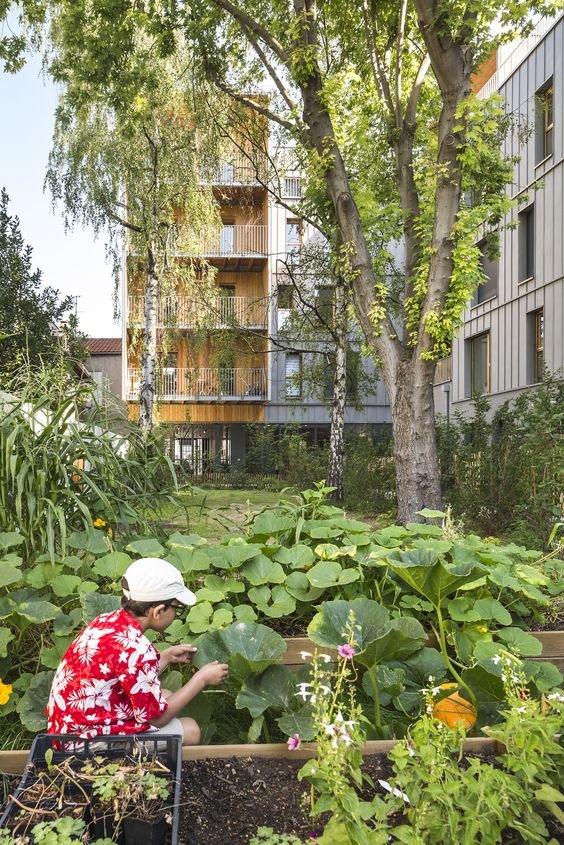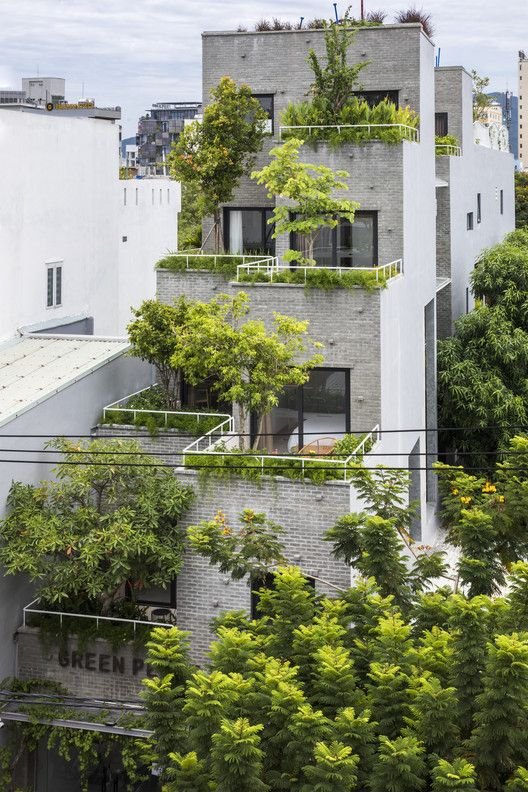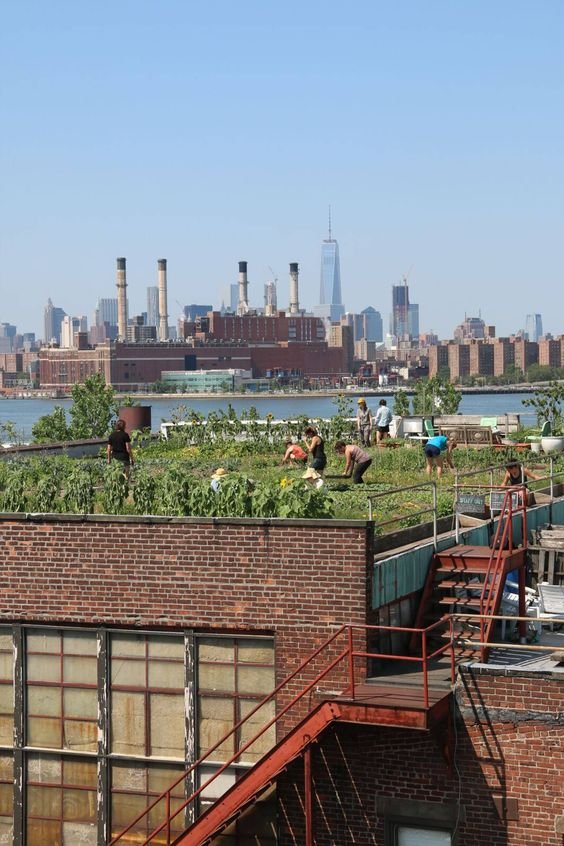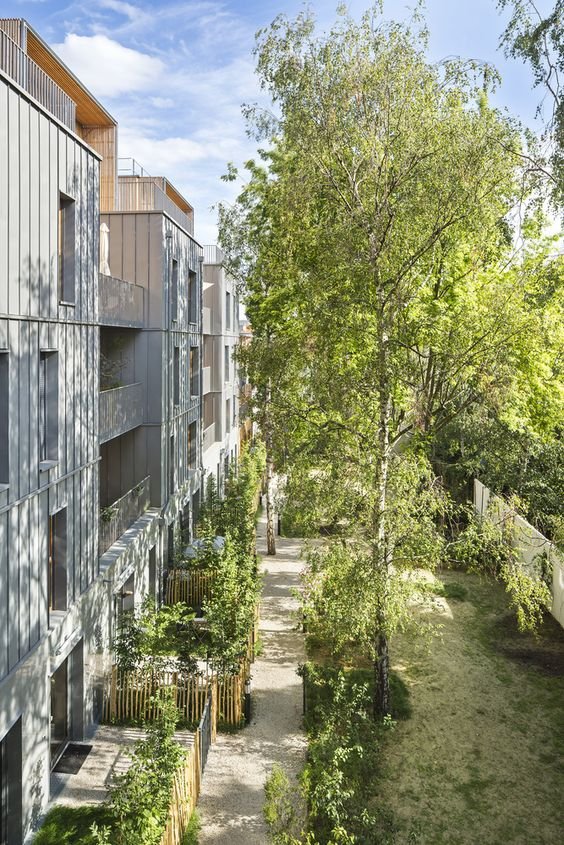Are you stranded on a heat island?
Sacramento turns scorching hot during the summer. Stepping outside in the middle of July feels like walking into a wide-open oven.
While some may still dispute the reality of global warming, it’s undeniable in the face of record-setting heat waves. The world is getting hot, and it’s even hotter if you live in the city.
Why is that? What makes cities so special? Enter the heat island effect.
Urban Heat Island refers to a localized area in a city or metropolitan area that experiences significantly higher temperatures than its surrounding rural areas. The usual suspects that contribute to this unfortunate phenomenon are human-made:
Impermeable surfaces. The abundance of paved surfaces in urban areas absorbs sunlight and radiates heat, causing temperatures to rise. Think of the last time you found yourself walking across an empty parking lot in the summer.
Lacking vegetation. Urbanization often leads to the removal of trees, which provide shade and cooling. Back to the parking lot - remember how you tried to find that one tree that has some shade?
Byproducts of our lives: heating, ventilation, and air conditioning (HVAC), car exhausts, industrial processes. All of them generate excess heat and impact air regulation. The parking lot example doesn’t help us here, but all of those heat-generating cars are why we have the parking lot deserts in the first place.
All of this sounds pretty bad. We have created a feedback loop between our warming-up atmosphere and our living environment. We have become that frog that is being slowly cooked and doesn’t know it.
Except we do know it. And we can do something about it. Just like we created a built environment that generates, absorbs, and holds on to unwanted heat, we can change it to work in the opposite way. Here are a few ideas on how to do just that:
Plant more trees and other vegetation. A lot of cities in California have regulations that require any new development to improve the landscape. They have to plant trees that will provide shade and air filtration, and removing any existing trees is a last resort. That’s a start.
Vegetation can go on surfaces other than the ground. In recent years, green roofs have become popular, and the technology that makes green walls possible is getting better and better.
Think twice before using impermeable paving, such as concrete or asphalt. Many progressive jurisdictions in the Bay Area and Sacramento are doing away with parking minimums. That means that a new apartment building, for example, can be built without any additional surface area that would be used only for storing vehicles. Of course, measures like this have to rely on good public transit, which often still leaves much to be desired.
Use permeable paving materials, which allow rainwater to permeate into the ground and reduce ambient air temperature. Many materials and systems are now available, such as porous concrete or even pavers that allow grass to grow through them.
Use building materials that reflect, not absorb, solar radiation. In California, any low-slope roof is required to be a “Cool Roof,” a designation for roofing material that is good at reflecting solar heat. Usually, it means a light color - lighter colors tend to reflect sunlight, while dark colors soak it up.
Light colors play an additional role in reducing the urban heat island effect. Because more sunlight gets reflected and the surfaces absorb less heat, the resulting indoor temperatures are lower, and less HVAC energy is spent on moderating them.
Mix up the land use. Creating a balance between residential, commercial, and green spaces can help regulate heat and airflow patterns within the city.
Of course, I wouldn’t be a good Architect if I didn’t talk about the major impact that smart, climate-responsive design can have. It is the opposite of the one-size-fits-all approach that a lot of our present urban environment is a victim of. It takes only a little bit more awareness of how the climate affects design and a little more care for how design affects the climate, to improve the situation.
“Passive” design strategies start with understanding the local climate and the building orientation on site - a south-facing facade in San Francisco should be designed differently from a north-facing one in Sacramento. The “passive” approach means shaping the architecture itself to be optimized for its context, function, and operation. It can involve things like shading “fins” that screen windows from the low western sun to reduce solar heat gain, incorporating a reflecting pool in the courtyard, where prevailing winds can breeze through the building complex and cool it down, or placing windows and doors to take advantage of the “stack effect” ventilation. Many methods and tricks of the trade have been developed over centuries. Our job is to use them.
The urban heat island effect is unpleasant to live with, but even more importantly, it is the symptom of the unsustainable way our cities have been built. The status quo cannot go on. A collective effort is required from Architects, urban planners, policymakers, and residents to make our cities liveable in the future. By embracing innovative design solutions that prioritize sustainability, greenery, and thoughtful design, we can work towards cooler, healthier, and more comfortable cities our children can inhabit.
Learn more about our architecture firm here.
Sign up for our blog here.






